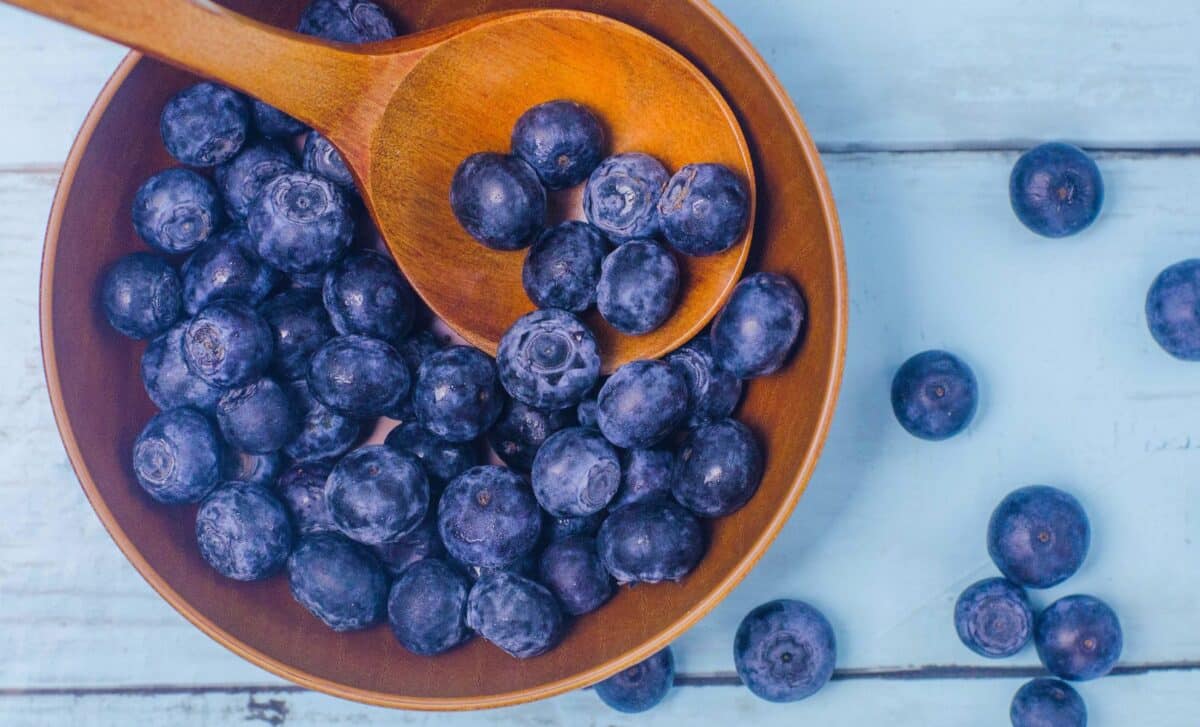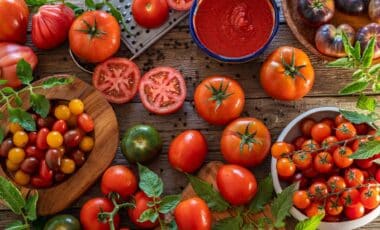While blueberries are widely praised for their antioxidant content, a closer look at nutritional profiles reveals that several overlooked foods contain significantly higher levels of these protective compounds. These everyday ingredients surpass blueberries in antioxidant power—and here’s why they deserve a spot in your daily diet.
You’ve been ignoring this antioxidant powerhouse
Athocyanins are natural pigments responsible for the red, purple, and blue hues in fruits, vegetables, and grains. According to the study, they offer potent antioxidant and anti-inflammatory benefits. These compounds combat free radicals, which are unstable molecules that contribute to cell damage, aging, and chronic diseases like cardiovascular conditions and cancer.
Unlike vitamins or minerals, anthocyanin concentrations can vary depending on factors such as the climate, soil, and harvest time. This makes their presence in food not only functional, but also indicative of plant adaptation and stress resistance—qualities that may transfer health benefits to those who consume them.
Forget Screen Time Limits — This Mom’s Strategy Is Turning Heads
Blueberries: popular but not the strongest
Blueberries remain a beloved health food for a reason. Cultivated blueberries contain between 80 and 160 mg of anthocyanins per 100 grams, while wild varieties often surpass this range. Their popularity in smoothies, cereals, and snacks makes them an easy choice for those seeking daily antioxidant support.
Still, they are far from being the richest source of these nutrients. New contenders are emerging—many with a significantly denser nutritional profile.
Blackberries: fiber and antioxidants in one bite
Blackberries, with 100 to 138 mg of anthocyanins per 100 grams, they rival blueberries in antioxidant concentration. But what sets them apart is their fiber content. A single cup provides nearly double the fiber of blueberries, aiding digestion and supporting blood sugar control.
Dietitians often highlight blackberries as a dual-benefit food: antioxidant-rich and gut-friendly. Their deeper, darker pigmentation is also a visual clue to their anthocyanin density.
Blackcurrants: the forgotten superberry
Despite their marginal presence in supermarkets, blackcurrants boast 113 to 158 mg of anthocyanins per 100 grams. Their sharp yet sweet profile makes them ideal for jams, desserts, or even red wine blends. These berries pack a powerful punch against oxidative stress and are linked to improved heart health.
“Blackcurrant fruit and supplements have been shown to lower bad cholesterol while increasing good cholesterol, supporting overall cardiovascular function, and reducing the risk of high blood pressure,” said Dr. Pamela Tambini.
A nutrition expert describes them as “a concentrated antioxidant boost with a flavor profile that enhances both sweet and savory dishes.”
Sweet cherries: flavor meets function
Often enjoyed fresh in summer, sweet cherries (also referred to as black cherries) deliver 169 mg of anthocyanins per 100 grams, along with 3 grams of fiber and a notable dose of vitamin C. Their naturally sweet taste makes them a dessert favorite, but their biochemical profile positions them as a legitimate health food.
Their ability to reduce inflammation and possibly lower blood pressure makes them more than just a seasonal treat.
Elderberries: potent but handle with care
Leading the antioxidant rankings are elderberries, with an astonishing 485 mg of anthocyanins per 100 grams. That’s nearly three times more than blueberries. These tiny dark fruits are frequently found in syrups, teas, and supplements, especially during cold and flu season.
It’s worth noting that raw elderberries can be toxic, and must be cooked or processed before consumption. Their high anthocyanin count, however, makes them a powerful choice for immune support and inflammation reduction.
Black rice: the hidden grain powerhouse
Not a fruit, but equally impressive, black rice—sometimes called forbidden rice—contains 456 mg of anthocyanins per 100 grams. With its rich purple hue and nutty flavor, it’s a vibrant alternative to traditional white rice.
In addition to its antioxidant content, black rice delivers iron, fiber, and a complex carbohydrate profile that supports stable energy release. Its anthocyanin density is so high that even a small portion delivers significant health benefits.







